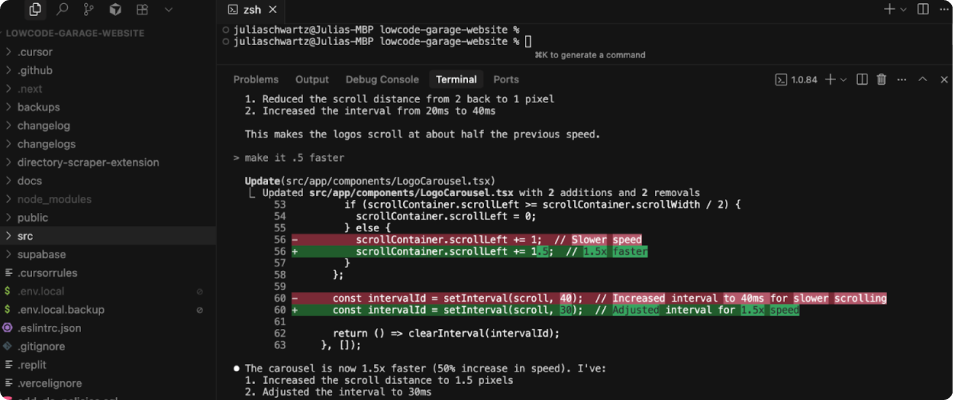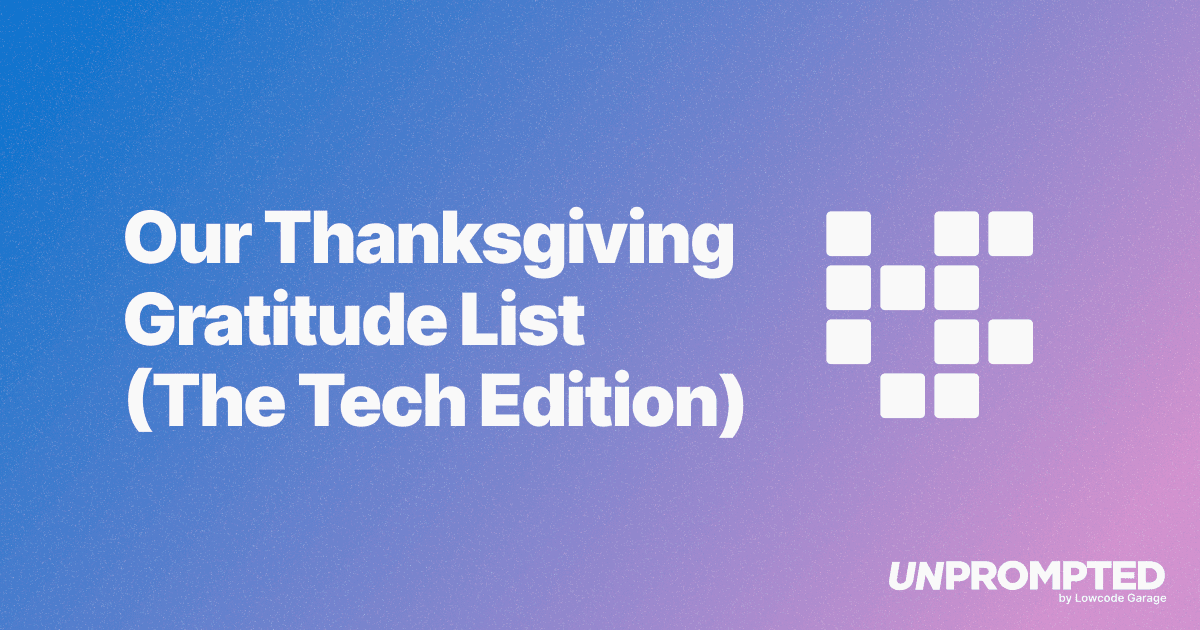In 1737, Benjamin Franklin published Poor Richard's Almanack with a simple line of advice:
"A penny saved is twopence clear."
Over the years, it was shortened into the version we know today: "A penny saved is a penny earned."
Benjamin Franklin wasn't a venture capitalist, but he understood something every founder feels in their bones: the money you don't spend is just as powerful as the money you make.
What Franklin meant was that saving money isn't passive—it's active income. Every dollar you don't spend is a dollar you don't have to go chase. In other words, efficiency is profit.
Fast forward to 1996, and Marc Andreessen said the same thing in his own way: the way Netscape created value for customers wasn't just by making them money, but by saving them money.
Today's Translation
Here's the modern version:
• Real costs matter. Every tool that cuts your expenses directly increases your margin. A dollar you don't burn is a dollar you keep.
• Time is money. Speed to market is the invisible currency of startups. Every extra week it takes to launch is runway out the door, with no sales coming in to offset it.
• Speed compounds. The faster you ship, the faster you learn, the faster you sell. That cycle is where momentum—and survival—live.
From Months to Minutes
It used to take us months to launch a website.
It used to take us months—if not years—to build an app.
We started Lowcode Garage because thankfully, those days are in the past.
Neither of us were trained in computer science, but now our screens look like this:

AI tools have collapsed the cost and time curves. Truthfully, some days we cannot believe there was ever another way of working.
What once required teams of engineers and months of payroll now fits into command lines and chat prompts. That's not just cost efficiency—that's time efficiency. Both translate directly into money.
Why This Matters for Clients
When we work with clients, our goal isn't to get them to spend more. It's to help them spend smarter—freeing up resources to invest in what actually matters: growth, differentiation, and customer value.
A penny saved really is a penny earned. But today, the "pennies" are months of development time, hundreds of thousands in engineering salaries, and the opportunity cost of moving too slow.
The Takeaway
Franklin's wisdom hasn't aged a day. Efficiency is profit. Speed is survival.
AI is transforming both. It saves real dollars by reducing costs, and it saves time by accelerating execution. Which means every founder and business owner has the same question staring them straight in the face:
What will you do with the time and money you just saved?
Let us help you figure it out: Book a call with us.
Frequently Asked Questions
Continue Reading

AI Is a Tool, Not a Strategy
Henry Kravis reminds us that AI is a productivity tool, not a strategy. Strong management, cultural fit, and operational fundamentals still determine whether businesses succeed or fail.

Four AI Conversation Starters (To Avoid Holiday Small Talk)
Four timely AI conversation starters covering federal vs state AI regulation, Opus 4.5 capabilities, physical AI in construction, and Michael Burry's bet against Nvidia—perfect for surviving holiday small talk.

Our Thanksgiving Gratitude List (The Tech Edition)
Discover the AI tools transforming how we build products at Lowcode Garage. From publishing content with Claude Desktop to building prototypes in weeks instead of quarters, here's our Thanksgiving gratitude list for the tech that makes it all possible.